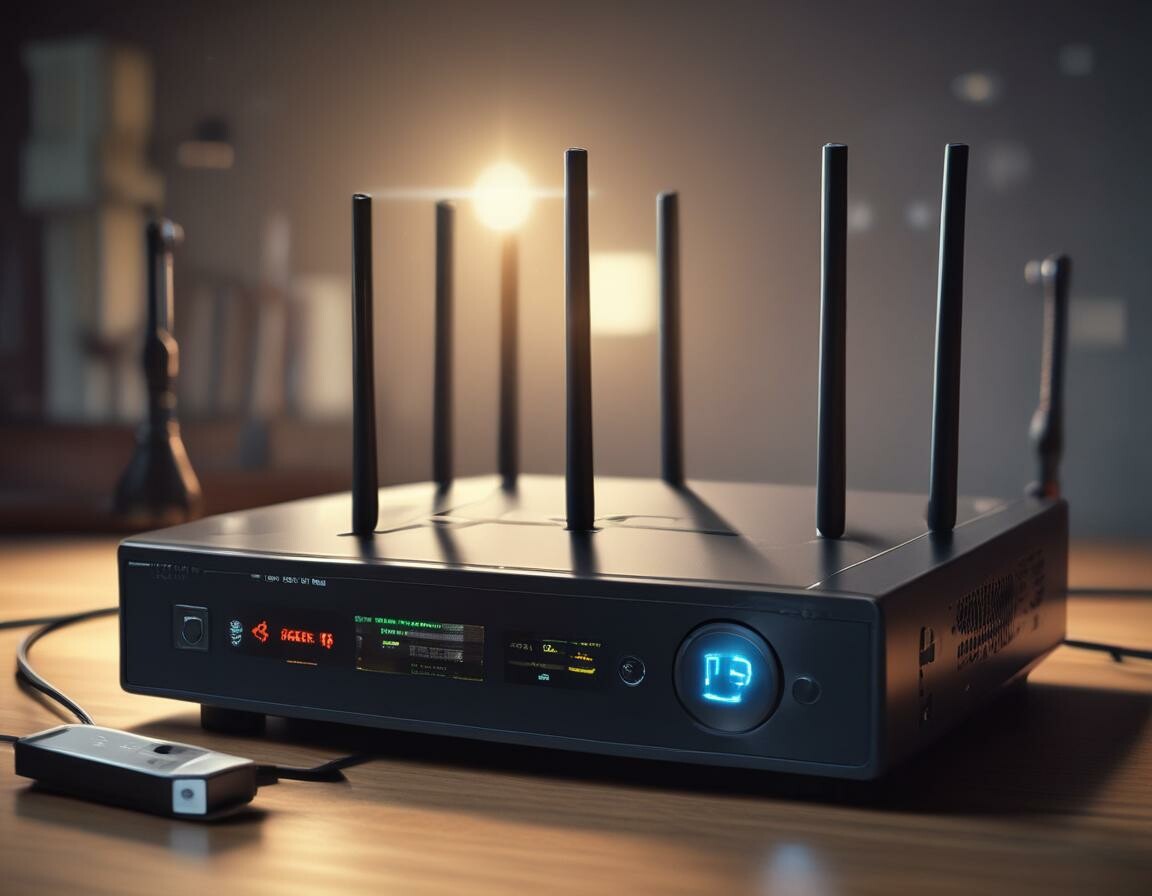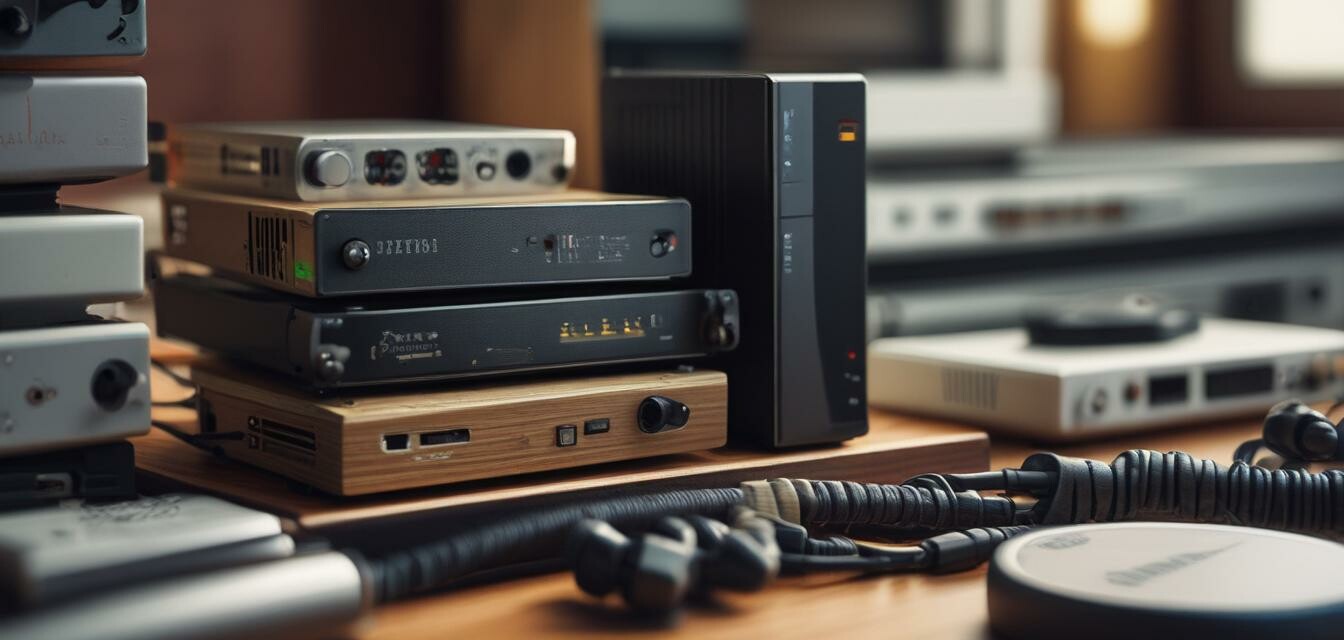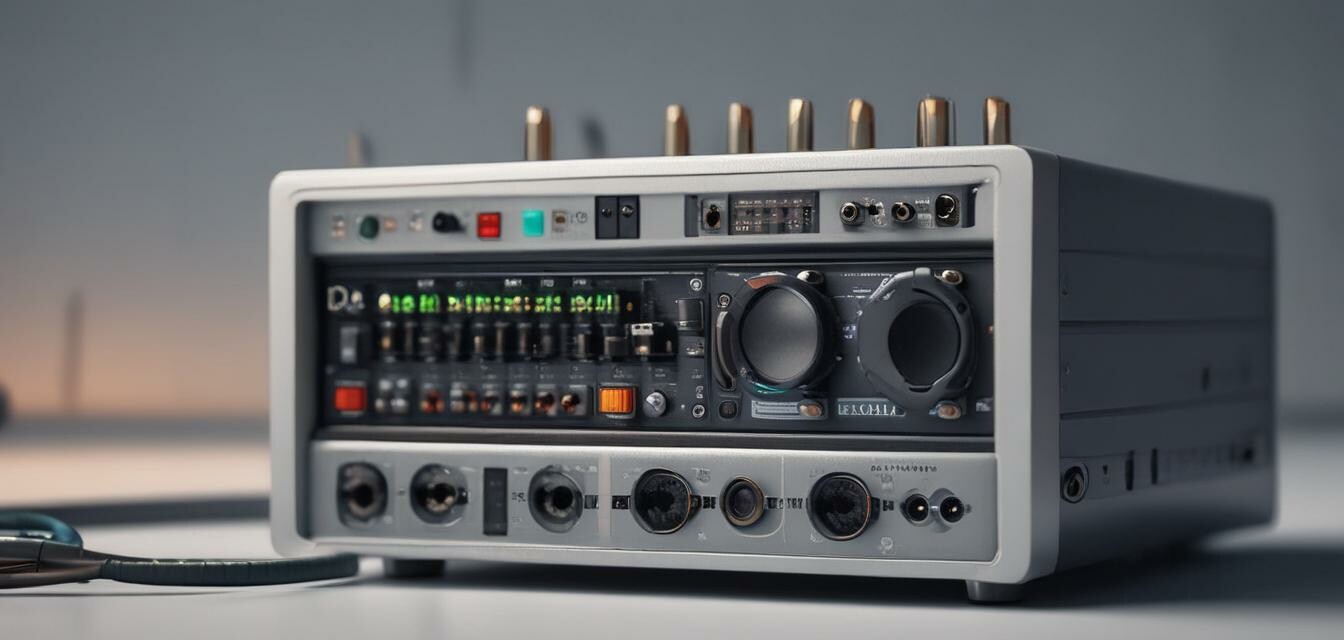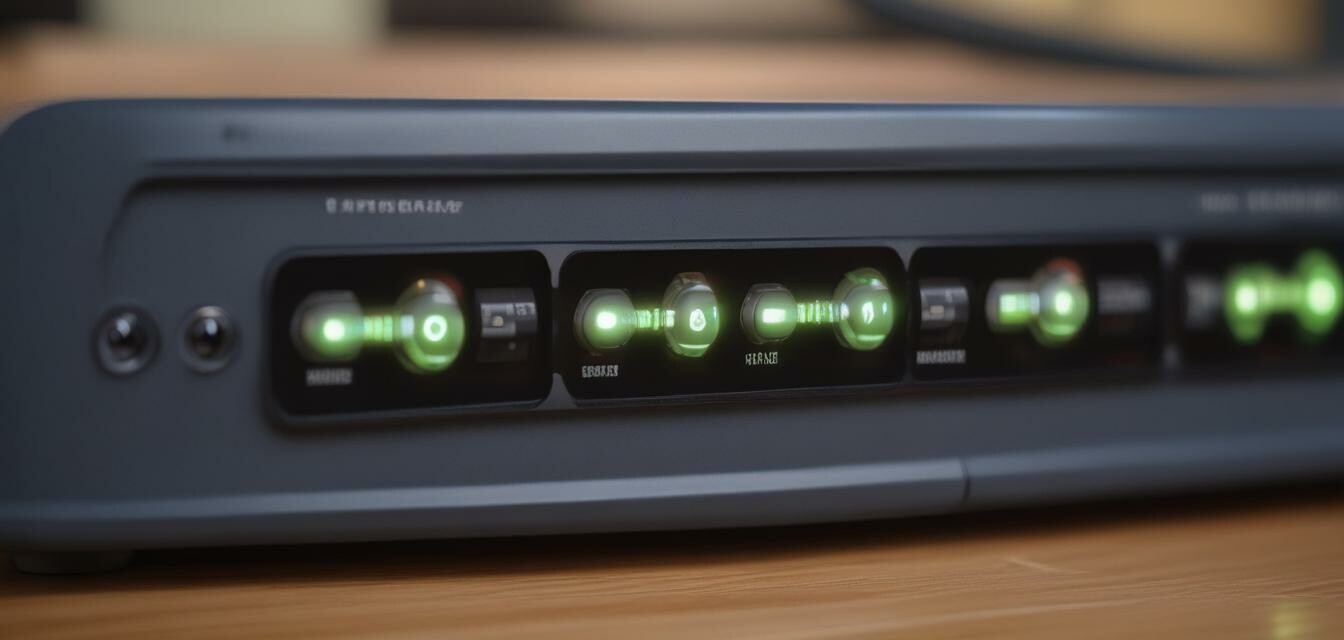
Rural Area Broadband Solutions
Key Takeaways
- Rural areas face unique challenges in accessing reliable broadband.
- Multiple affordable options are available for high-speed internet.
- Understanding pricing plans and service types can maximize your investment.
- Utilizing the right hardware can enhance your broadband experience.
- Stay informed about ISP reviews to make the best choices.
In today's digital age, having a reliable internet connection is crucial, especially for those living in rural areas. This article will explore various broadband solutions tailored specifically for rural residents, focusing on affordability, performance, and the right tools to enhance connectivity.
Understanding Rural Broadband Challenges
Rural areas often encounter several challenges when it comes to accessing broadband internet. These challenges include:
- Limited provider options
- Higher costs due to infrastructure challenges
- Slower speeds compared to urban areas
- Inconsistent service reliability
Types of Broadband Solutions for Rural Areas
Here are some of the most common types of broadband solutions available for rural areas:
| Type | Description | Pros | Cons |
|---|---|---|---|
| DSL | Uses telephone lines to provide internet access. | Widely available; relatively affordable. | Speed decreases with distance from the provider. |
| Cable | Delivers internet through cable television lines. | Higher speeds and more reliable than DSL. | Availability may be limited in some rural areas. |
| Satellite | Uses satellite signals to provide internet service. | Available almost anywhere. | Higher latency and potential for interruptions. |
| Fixed Wireless | Delivers internet via radio signals from a fixed point. | Can offer high speeds; no need for cables. | Requires line of sight and can be affected by weather. |
Comparing Pricing Plans
Understanding the pricing for different broadband options is essential in making an informed decision. Below is a comparison table of some common pricing structures:
| Provider | Plan Type | Download Speed | Monthly Cost |
|---|---|---|---|
| Provider A | DSL | 25 Mbps | $49.99 |
| Provider B | Cable | 50 Mbps | $59.99 |
| Provider C | Satellite | 12 Mbps | $64.99 |
| Provider D | Fixed Wireless | 30 Mbps | $54.99 |
Essential Hardware for Optimal Performance
To get the best out of your broadband connection, investing in the right hardware is crucial. Here are some recommended devices:
- High-speed routers: Ensure your router supports the latest standards for faster speeds.
- Modems: A compatible modem can significantly improve your internet connection.
- WiFi extenders: These devices help eliminate dead zones in your home.
Choosing the Right Router
When selecting a router, consider the following factors:
- Speed ratings
- Range
- Number of devices supported
- Security features

ISP Reviews and Comparisons
Before committing to a broadband provider, it's wise to read ISP reviews and comparisons. This will help you understand the experiences of other customers and the reliability of each provider.
Tips for Maximizing Your Internet Experience
Beginner's Section
- Regularly update your router's firmware for security and performance.
- Position your router in a central location for optimal coverage.
- Limit the number of devices connected to your network during high usage times.
- Consider upgrading your plan if you frequently experience slow speeds.
Conclusion
Finding the right broadband solution in rural areas can be challenging, but with the right information and tools, you can make an informed choice. By comparing plans, understanding pricing, and investing in quality hardware, you can enjoy a reliable internet connection that meets your needs.
Pros
- Multiple affordable options available
- Ability to compare providers
- Potential for high-speed connections
- Accessibility of resources and reviews
Cons
- Limited provider options in some areas
- Higher costs due to infrastructure challenges
- Variable service reliability
Additional Resources
For more information on broadband plans, visit our section on data plans and pricing or check out high-speed routers to improve connectivity.










